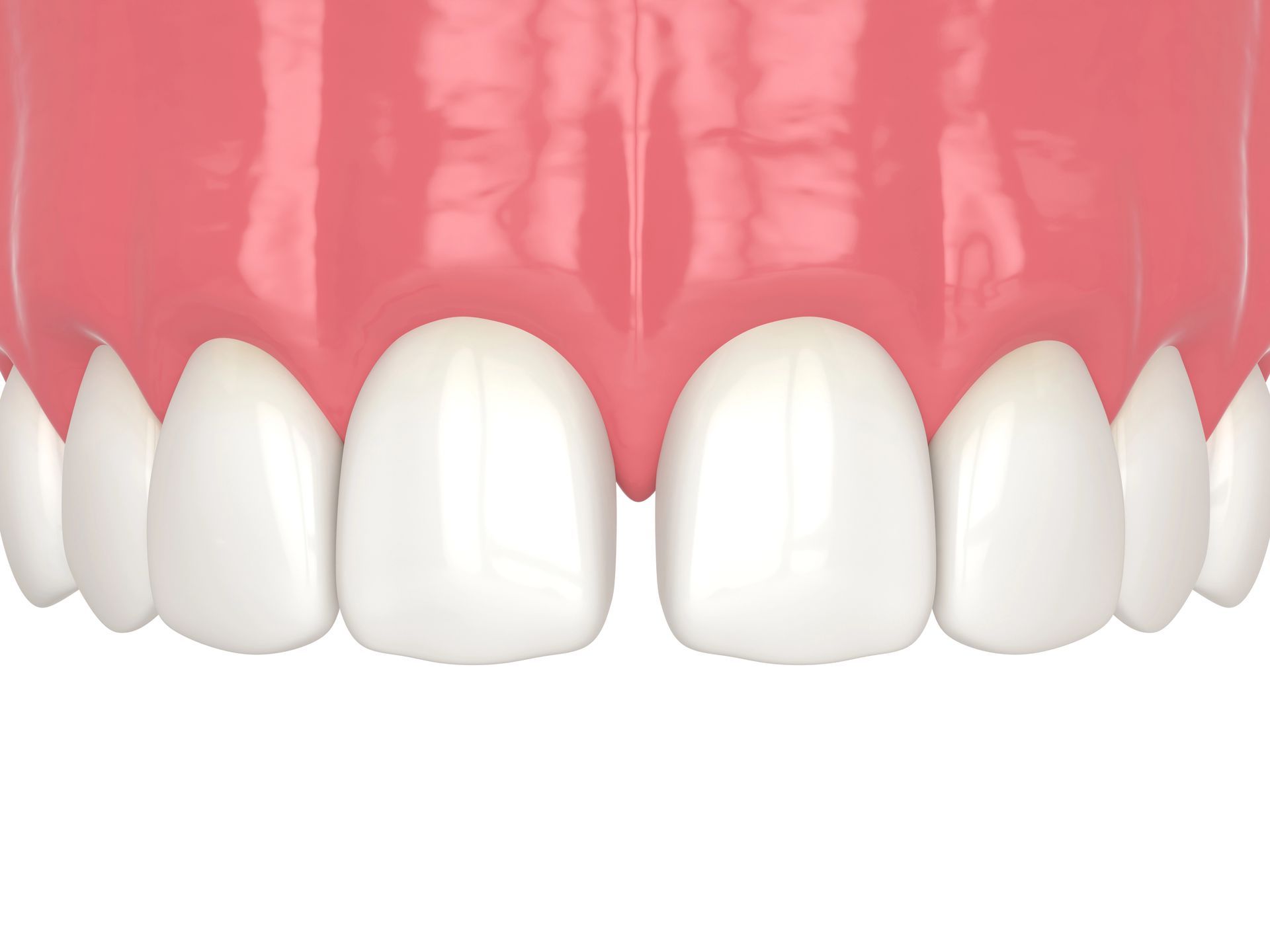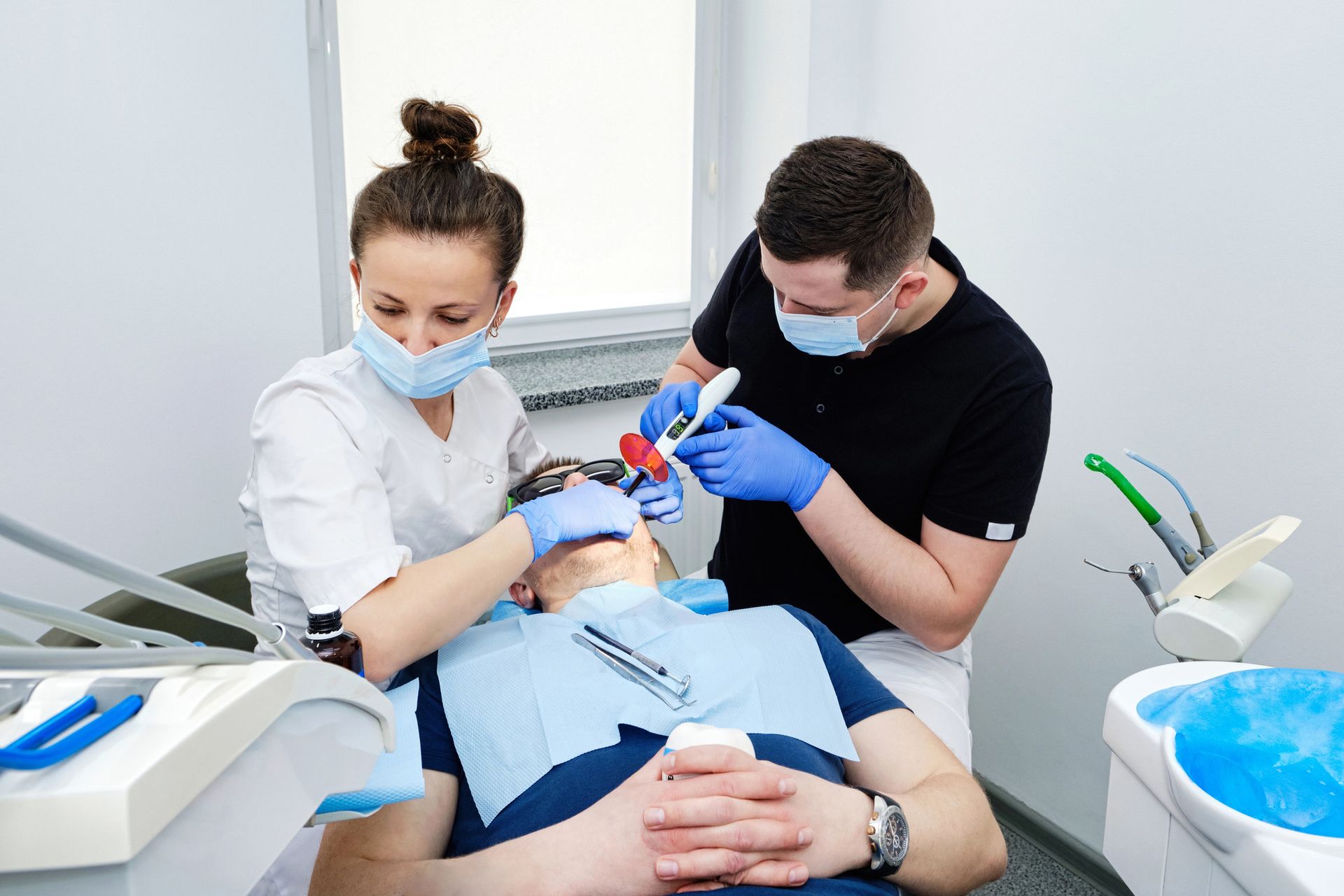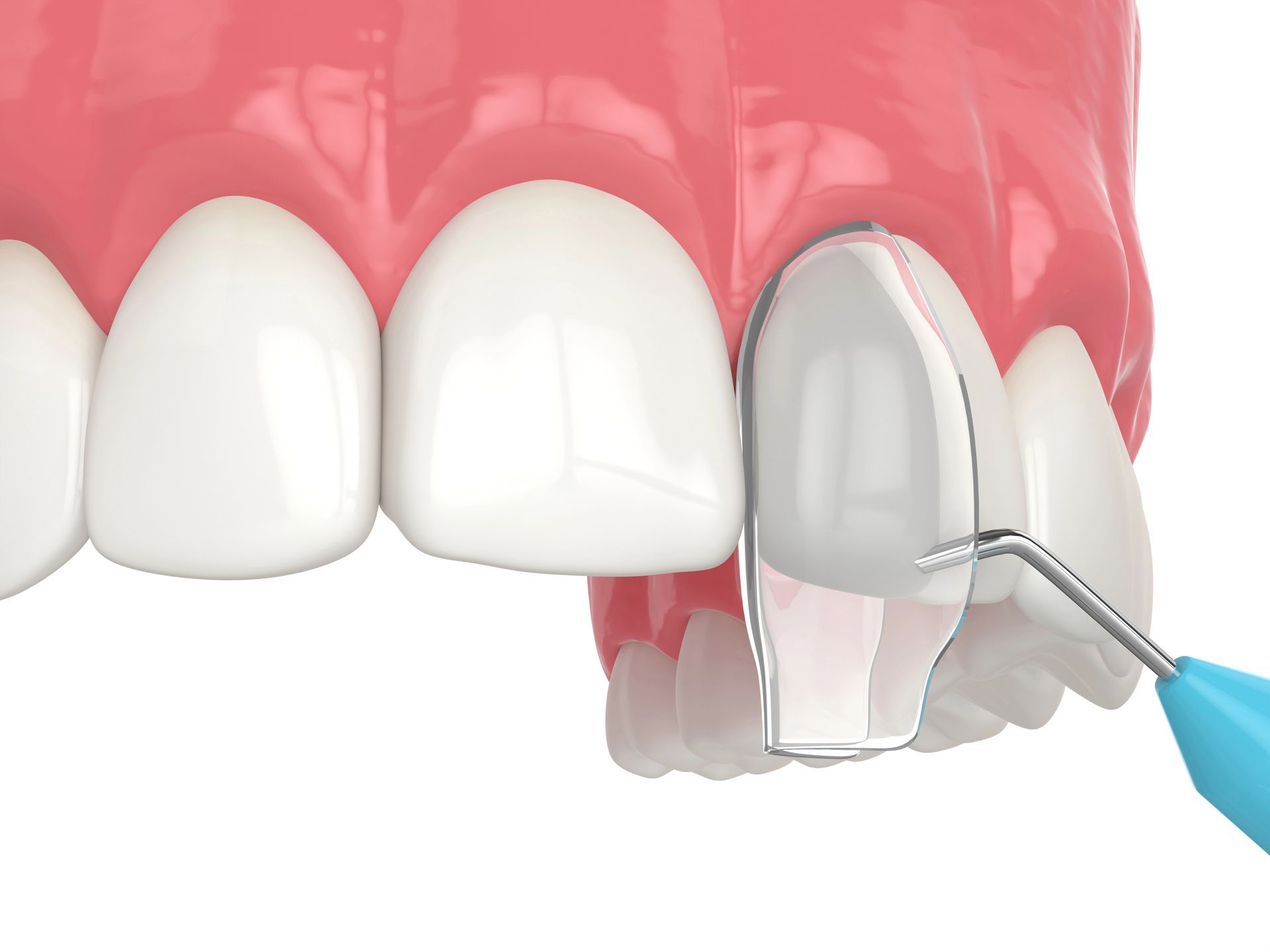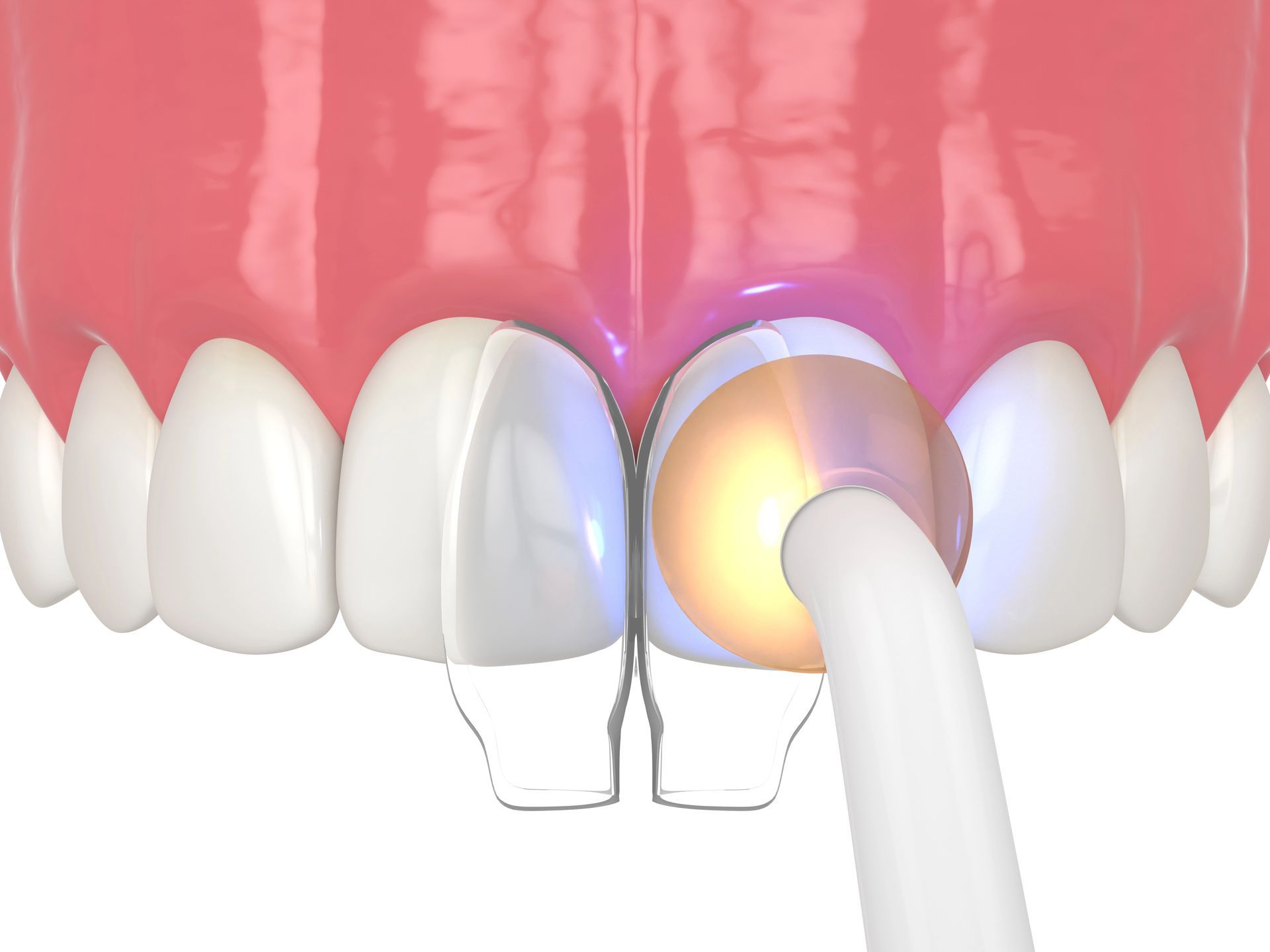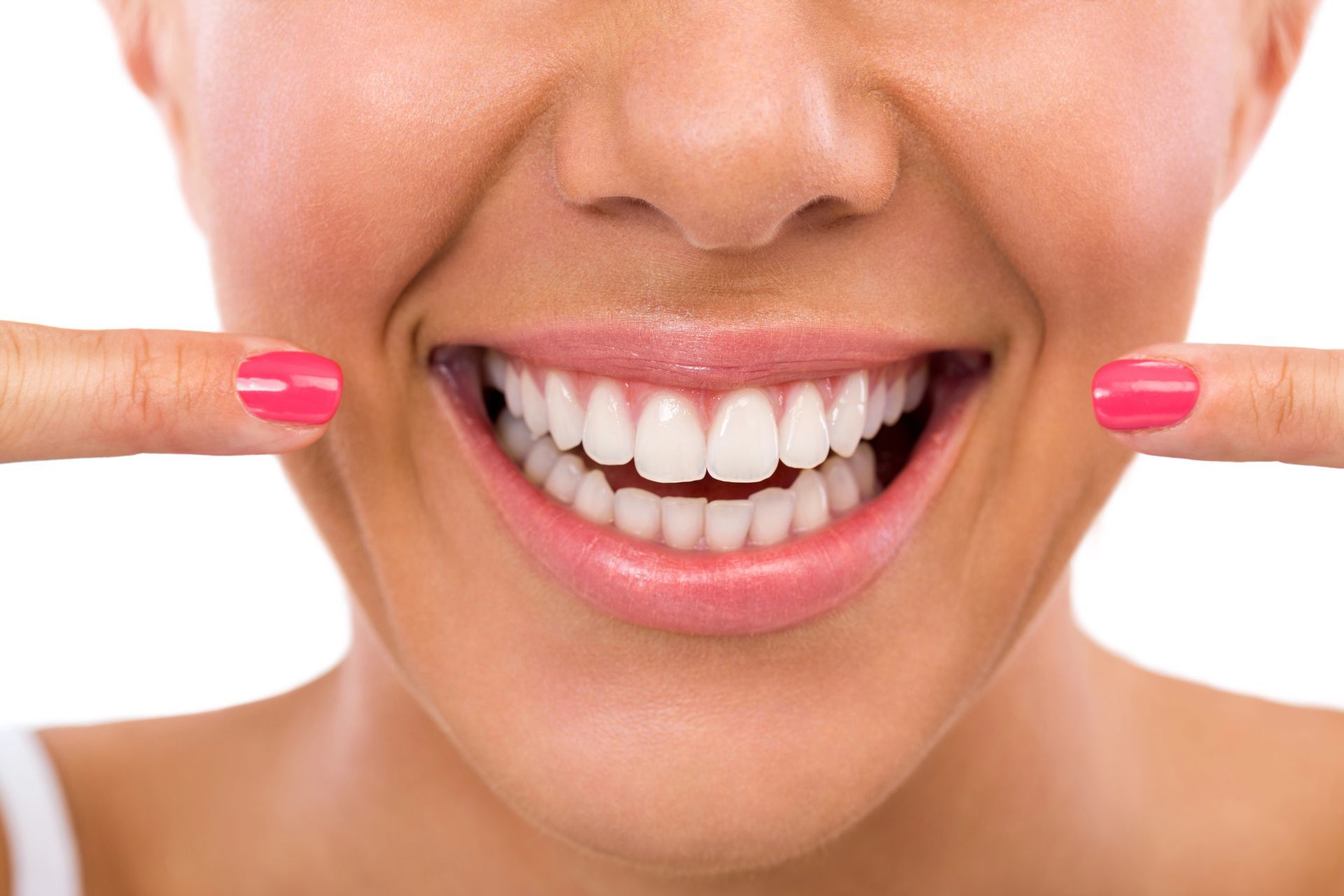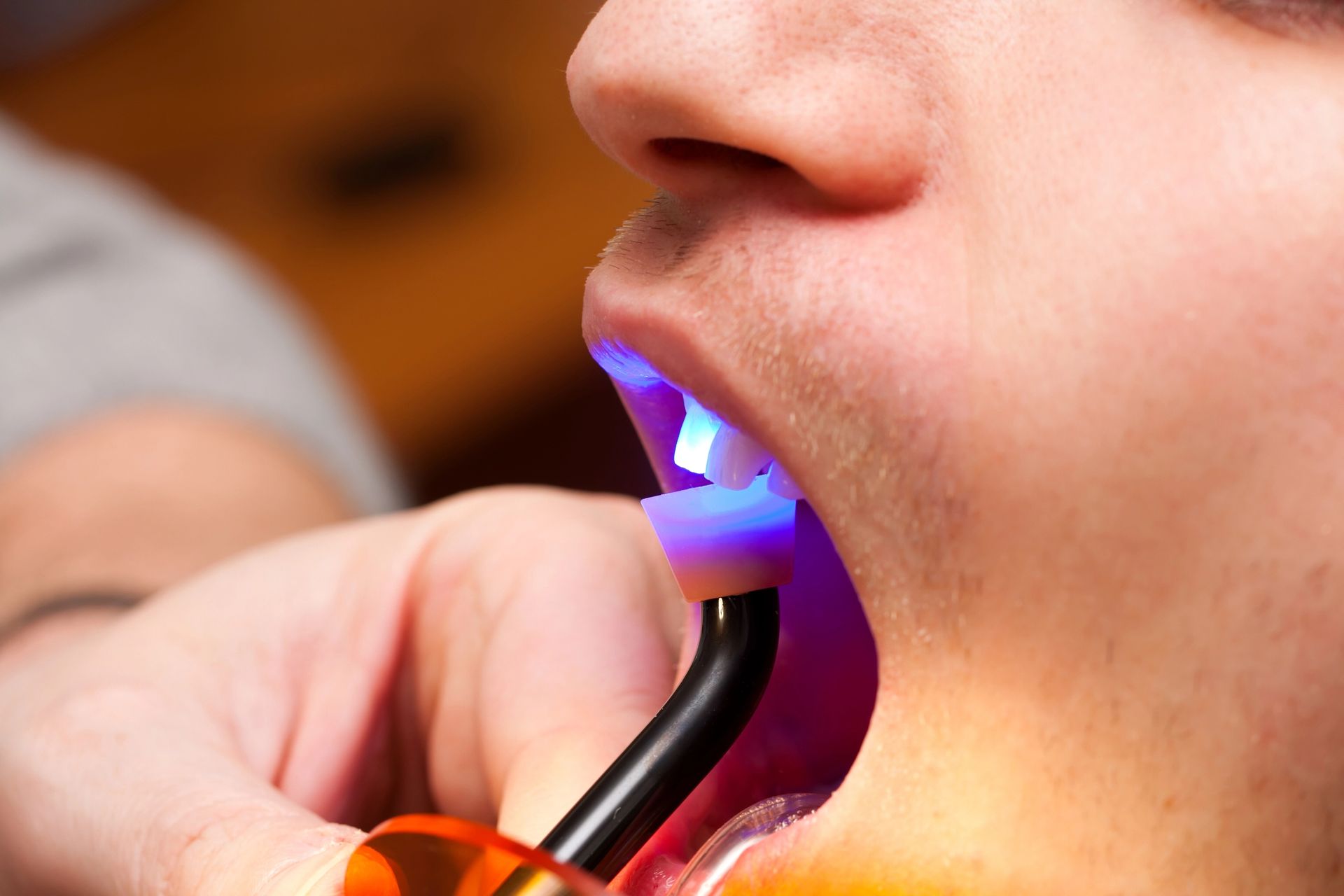
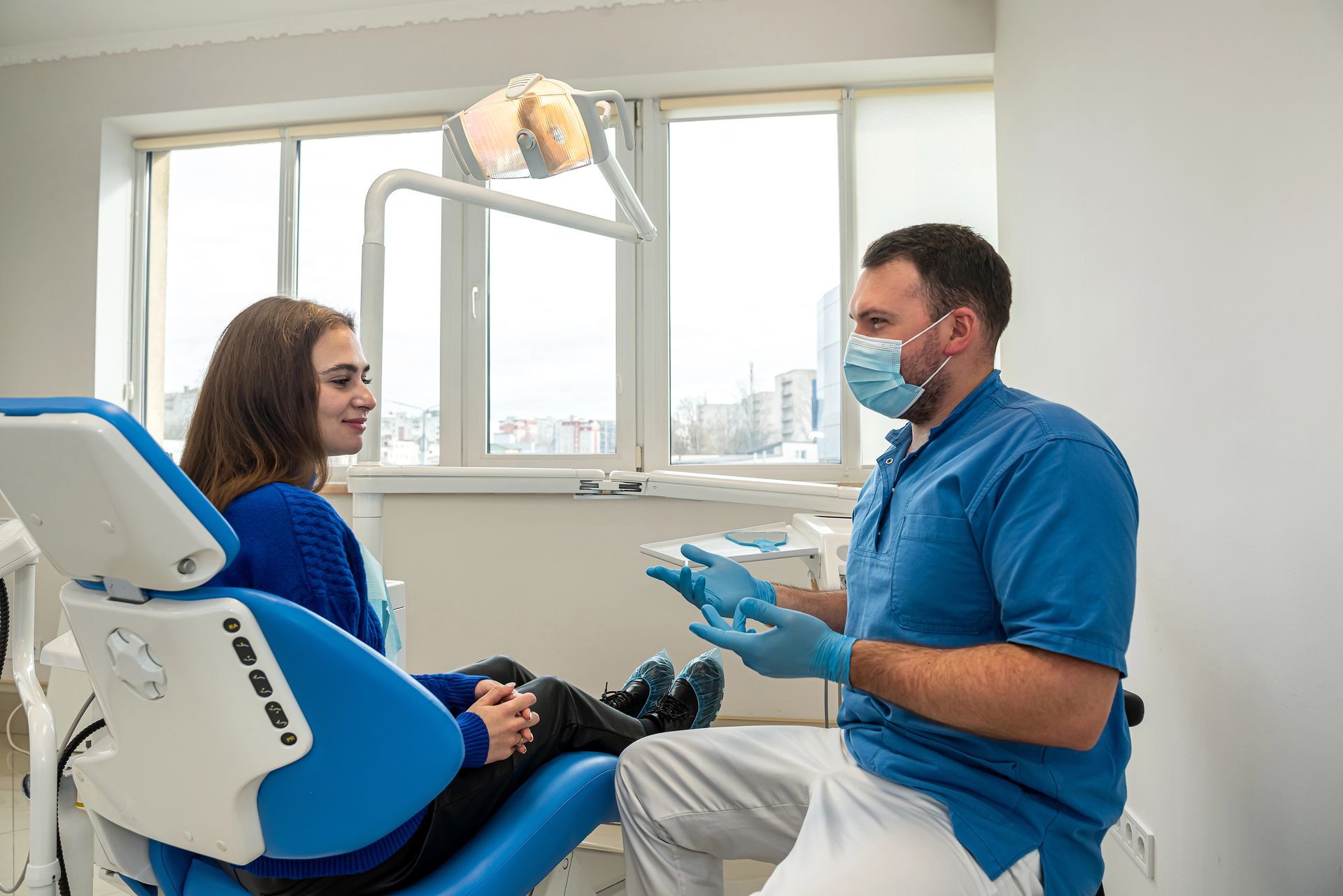
Cosmetic Bonding for Chipped Front Tooth
Understanding cosmetic bonding basics is essential for anyone considering this procedure to address a chipped front tooth. Cosmetic bonding involves applying a tooth-colored resin to the affected area, which is then shaped and polished to match the surrounding teeth. This process not only restores the appearance of the tooth but also enhances its strength and functionality. The procedure is typically quick and can be completed in a single visit, making it a convenient option for those looking to improve their smile. The materials used in cosmetic bonding for chipped front tooth are designed to blend seamlessly with natural teeth, ensuring a discreet and aesthetically pleasing result. This technique is versatile and can be used to address various dental imperfections beyond chips, such as gaps or discoloration. For more insights into the experiences of others who have undergone this procedure, you can explore [Cosmetic Tooth Bonding Reviews: Real Patient Experiences](/cosmetic-tooth-bonding-reviews/).Causes of Chipped Front Teeth
Chipped front teeth can occur due to a variety of reasons, often impacting one's smile and confidence. Common causes include accidental falls, sports injuries, or biting down on hard objects like ice or candy. Additionally, teeth grinding, also known as bruxism, can weaken the enamel over time, making teeth more susceptible to chipping. Poor dental hygiene and untreated cavities can also contribute to the weakening of tooth structure, increasing the likelihood of chips and cracks. Understanding the causes of chipped front teeth is essential for maintaining oral health and preventing further damage. Cosmetic bonding for chipped front tooth issues can be an effective solution to restore the appearance and function of your smile. For those seeking professional assistance, consider visiting Expert Tooth Bonding Columbia for more information on how cosmetic bonding can help you regain your confidence.Benefits of Cosmetic Bonding
Cosmetic bonding for chipped front tooth offers a range of benefits that can significantly enhance your smile and boost your self-esteem. This procedure is a quick and effective solution to restore the natural appearance of your teeth, providing a seamless blend with your existing tooth color and shape. The process is minimally invasive, preserving most of your natural tooth structure while delivering immediate results. Additionally, cosmetic bonding is a cost-effective option compared to other dental procedures, making it accessible for those looking to improve their dental aesthetics without extensive treatments.Cosmetic Bonding Procedure Overview
Cosmetic bonding for a chipped front tooth is a straightforward and effective procedure that can significantly enhance your smile. During the process, a tooth-colored resin is applied to the affected area, sculpted to match the natural shape of your tooth, and then hardened with a special light. This technique not only restores the appearance of your tooth but also strengthens it, providing a seamless and durable solution. The entire procedure is typically completed in one visit, making it a convenient option for those looking to quickly improve their dental aesthetics. For more information on cosmetic bonding and other dental services, visit Design Dentistry Columbia, your trusted Columbia Dentist.Longevity of Cosmetic Bonding
Cosmetic bonding for a chipped front tooth is a popular choice for many seeking to restore their smile, but understanding its longevity is crucial. Typically, cosmetic bonding can last several years, depending on factors such as oral hygiene and lifestyle habits. While it is not as durable as some other dental solutions, it offers a quick and effective way to address minor imperfections. Regular dental check-ups can help monitor the condition of the bonding, ensuring that your smile remains intact and your confidence stays high.Comparing Bonding with Other Treatments
When considering cosmetic bonding for a chipped front tooth, it's important to understand how it compares to other dental treatments. Unlike veneers or crowns, which often require more extensive preparation and alteration of the natural tooth, cosmetic bonding is a less invasive option that can quickly restore the appearance of a chipped tooth. While veneers and crowns may offer longer-lasting results, cosmetic bonding provides a more immediate and cost-effective solution for those seeking to enhance their smile without significant dental work.Common Myths About Cosmetic Bonding
Cosmetic bonding for chipped front tooth is often surrounded by misconceptions that can deter individuals from considering this effective solution. One common myth is that cosmetic bonding is a temporary fix, when in reality, it can last for several years with proper care. Another misconception is that the procedure is painful, but most patients find it to be a comfortable experience. Some believe that cosmetic bonding for chipped front tooth will not match the natural tooth color, yet advancements in dental materials allow for a seamless blend with your existing teeth. Understanding these myths can help you make informed decisions about your dental health.Aftercare for Bonded Teeth
Proper aftercare is essential to maintain the longevity and appearance of cosmetic bonding for a chipped front tooth. It's important to be mindful of habits that could affect the bonded area, as this can help preserve the natural look and function of your smile. Regular dental check-ups and maintaining good oral hygiene are crucial in ensuring that the cosmetic bonding remains intact and continues to enhance your confidence.Psychological Impact of Dental Appearance
The appearance of one's teeth can significantly influence self-esteem and social interactions, making dental aesthetics a crucial aspect of personal confidence. A chipped front tooth can lead to feelings of embarrassment or self-consciousness, affecting how individuals perceive themselves and how they are perceived by others. Cosmetic bonding for chipped front tooth issues can play a vital role in restoring not just the physical appearance but also the emotional well-being of those affected, helping them regain their confidence and improve their overall quality of life.Conclusion
Cosmetic bonding for chipped front tooth can help restore your confidence; call 803-573-4577 or read reviews on Google Maps to learn more.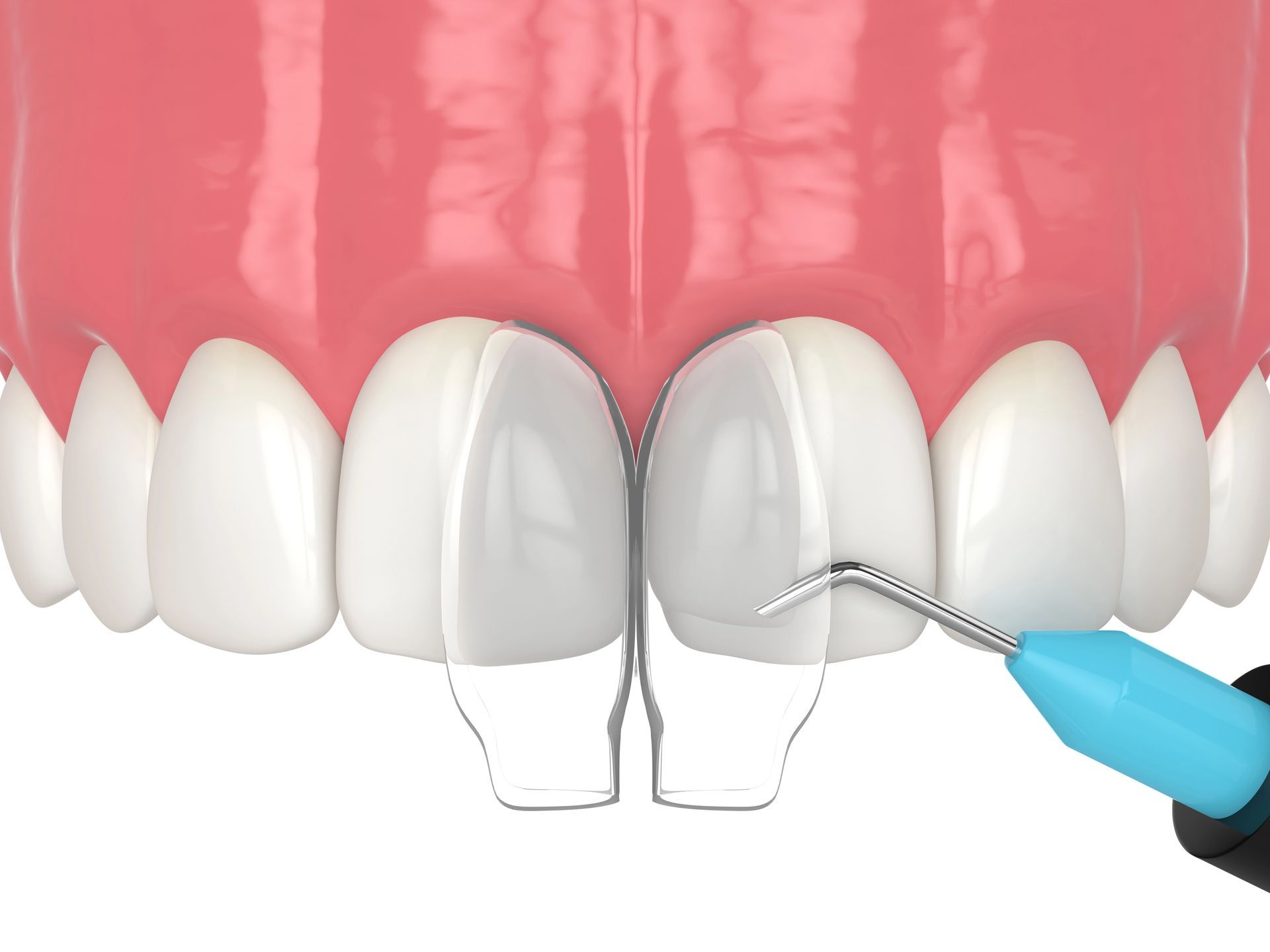
Cosmetic Tooth Bonding for Gaps
Closing tooth gaps can significantly enhance the overall appearance of your smile, boosting confidence and self-esteem. Cosmetic tooth bonding for gaps is a straightforward procedure that can create a more uniform and aesthetically pleasing dental appearance. By filling in the spaces between teeth, this method helps achieve a seamless look, making your smile appear more harmonious and attractive. Additionally, addressing tooth gaps can contribute to better oral health. Gaps can sometimes lead to food particles getting trapped, which may increase the risk of plaque buildup and gum issues. By opting for cosmetic tooth bonding for gaps, individuals can potentially reduce these risks while enjoying the benefits of a more aligned smile. For those interested in learning more about this procedure, visit our page on Cosmetic Tooth Bonding Columbia .The Bonding Procedure Explained
Cosmetic tooth bonding is a straightforward procedure designed to enhance the appearance of your smile by addressing gaps between teeth. During the process, a dentist applies a tooth-colored resin to the affected area, which is then molded and shaped to achieve the desired look. The resin is hardened using a special light, effectively bonding it to the tooth's surface. This technique allows for a seamless integration with your natural teeth, resulting in a more uniform and aesthetically pleasing smile. The entire procedure is typically completed in one visit, making it a convenient option for those seeking quick improvements.Comparing Bonding to Other Methods
When considering cosmetic tooth bonding for gaps, it's essential to understand how it compares to other dental procedures. Unlike veneers, which require more extensive preparation and are often more costly, bonding is a straightforward process that can be completed in a single visit. Orthodontic treatments like braces or aligners may take months or even years to close gaps, whereas bonding offers immediate results. Additionally, while crowns cover the entire tooth, bonding focuses on specific areas, making it a less invasive option. For those exploring options in the area, Design Dentistry Columbia provides insights into various dental solutions, and you can learn more by visiting your local Columbia Dentist .Ideal Candidates for Tooth Bonding
Cosmetic tooth bonding for gaps is an excellent option for individuals looking to enhance their smile by closing small spaces between teeth. Ideal candidates are those with minor gaps or chips in their teeth who desire a quick and non-invasive solution. This procedure is suitable for people who have healthy teeth and gums but wish to improve the aesthetic appearance of their smile without undergoing extensive dental work.Longevity of Bonded Teeth
Cosmetic tooth bonding for gaps is a popular choice for enhancing smiles, but many wonder about the longevity of bonded teeth. Generally, bonded teeth can last several years with proper care, although the exact duration can vary based on individual habits and oral hygiene. While cosmetic tooth bonding for gaps provides an immediate aesthetic improvement, it's important to be mindful of factors that may affect its durability, such as dietary choices and oral health practices. Regular dental check-ups can help maintain the appearance and function of bonded teeth over time.Maintaining Your Bonded Smile
After undergoing cosmetic tooth bonding for gaps, it's important to focus on maintaining the appearance and longevity of your enhanced smile. This procedure can significantly improve the aesthetics of your teeth, but keeping your bonded smile in optimal condition requires attention to daily habits and lifestyle choices. Regular dental check-ups and mindful oral hygiene practices play a crucial role in preserving the results of cosmetic tooth bonding for gaps, ensuring that your smile remains as captivating as the day it was transformed.Common Myths About Tooth Bonding
Cosmetic tooth bonding for gaps is often surrounded by misconceptions that can deter individuals from considering this effective dental solution. One common myth is that tooth bonding is a temporary fix, when in reality, it can last for several years with proper care. Another misconception is that the bonding material will not match the natural teeth, but advancements in dental technology have made it possible to achieve a seamless blend. Some people also believe that cosmetic tooth bonding for gaps is a painful procedure, yet it is typically painless and minimally invasive. Understanding these myths can help individuals make informed decisions about enhancing their smiles.The Science Behind Tooth Bonding
Cosmetic tooth bonding for gaps involves a straightforward process where a tooth-colored resin is applied to the teeth to close spaces and enhance the overall appearance of the smile. This resin is carefully molded and shaped to match the natural contours of the teeth, then hardened using a special light that bonds the material securely to the tooth surface. The result is a seamless integration that not only improves aesthetics but also maintains the structural integrity of the teeth, making cosmetic tooth bonding for gaps an effective solution for those seeking a more uniform smile.Conclusion
Cosmetic tooth bonding for gaps can transform your smile effortlessly; call 803-258-6084 or check out our reviews on Google Maps .Are you considering the pros and cons of various tooth fillings? Choosing the right type of filling can impact not only your dental health but also your overall well-being. This post will explore the general advantages and disadvantages associated with different kinds of dental fillings, helping you understand how they differ in terms of their general properties and potential effects on oral health.
Durability of Different Filling Materials
When considering various tooth fillings, one of the most crucial factors to evaluate is the durability of the materials used. Amalgam fillings, often made from a mixture of metals including silver, mercury, tin, and copper, are known for their strength and longevity. They typically last between 10 to 15 years and are less likely to break compared to other types. Composite fillings, which are crafted to match the color of your teeth, provide a more aesthetic appeal but generally have a shorter lifespan, usually around 5 to 7 years. These fillings are made from a mixture of plastic and fine glass particles and are less durable under the pressure of chewing.
Porcelain and gold fillings represent other options, each with its own set of advantages in terms of durability. Porcelain fillings are highly resistant to staining and can last more than 15 years but may require more tooth structure to be removed during the installation process. Gold fillings are exceptionally durable, often lasting more than 20 years, but they come at a higher cost and are more noticeable than porcelain or composite fillings. Choosing the right material depends largely on the location of the filling, the size of the area to be filled, and personal preferences regarding aesthetics and budget. For a detailed look at how these fillings are applied, consider reading our Step-by-step guide to the tooth filling procedure.
Cost Comparison of Filling Options
When considering various tooth fillings, one of the primary factors for many people is cost. The price of tooth fillings can vary widely depending on the materials used and the complexity of the procedure. Generally, amalgam fillings, made from a mixture of metals, tend to be the most affordable option. On the other hand, composite resin fillings, which are designed to match the color of your natural teeth, are typically more expensive due to the materials and the labor involved in making them look aesthetically pleasing.
The choice between different types of fillings often involves a balance between cost and aesthetic preference. While some may opt for the durability and cost-effectiveness of metal fillings, others might prefer the natural appearance of composite fillings despite the higher price tag. Understanding these cost differences is crucial when selecting the right option for your needs. For more information on affordable options, you might consider visiting Affordable Fillings in Columbia.
Aesthetic Impact of Various Fillings
When considering the aesthetic impact of various tooth fillings, it's important to recognize how different materials can influence the appearance of one's smile. Various tooth fillings, including those made from composite, amalgam, gold, or ceramic, each have distinct visual characteristics that may either blend in or stand out against the natural color of teeth. The choice of material can affect the overall look of the dental restoration, potentially impacting one's confidence and satisfaction with their smile.
Longevity and Wear of Fillings
When considering various tooth fillings, longevity and wear are crucial factors. Different materials used in fillings can affect their durability and how well they withstand daily use. Some materials may last longer but could be prone to wear if exposed to excessive force or harsh conditions. Understanding these aspects can help in making informed decisions about dental health. For more detailed information, consider consulting with Design Dentistry Columbia, your trusted Columbia Dentist.
Comfort and Sensitivity Post-Procedure
When considering various tooth fillings, it's important to acknowledge the differences in comfort and sensitivity that patients might experience after the procedure. Each type of filling material can react differently with the natural structure of the teeth, potentially affecting how a person feels post-treatment. Sensitivity to temperature or pressure is common, and the duration and intensity of this sensitivity can vary depending on the materials used and the individual's response to the dental work. Understanding these aspects can help individuals set realistic expectations about their recovery period following the placement of various tooth fillings.
Maintenance Needs for Different Fillings
When considering various tooth fillings, understanding their maintenance needs is crucial for long-term dental health. Amalgam fillings, often used for their durability and cost-effectiveness, typically require minimal maintenance but are more noticeable than other options. Composite fillings, while aesthetically pleasing as they match the color of your teeth, may need more frequent check-ups and replacements due to their less durable nature. Ceramic fillings offer a balance between aesthetics and durability but can be susceptible to cracking if not cared for properly. Lastly, gold fillings are extremely durable and require similar maintenance to amalgam but come at a higher cost. Choosing the right type of filling not only depends on aesthetic preference and budget but also on the willingness to commit to potentially varying maintenance routines.
Impact on Oral Health
When considering the pros and cons of various tooth fillings, it's crucial to assess their impact on oral health. Different materials used in fillings, such as amalgam, composite, gold, and ceramic, each interact differently with the natural structure of teeth and gums. Amalgam fillings, for instance, are durable but contain mercury, which can be a concern for some patients. Composite fillings are aesthetically pleasing and require less drilling, thus preserving more of the natural tooth, but they may not last as long as metal fillings. Gold fillings are highly durable and biocompatible, reducing the risk of corrosion and allergic reactions. Ceramic fillings are also favorable for their aesthetic and biocompatibility, though they can be abrasive to opposing teeth over time. Choosing the right type of filling from various tooth fillings can significantly influence long-term oral health, comfort, and overall well-being.
Suitability for Various Cavity Sizes
When considering various tooth fillings, it's crucial to assess their suitability based on the size of the cavity. Smaller cavities often benefit from composite resins or glass ionomer fillings, which can be precisely applied and shaped to maintain a more natural appearance. For larger cavities, amalgam or gold fillings might be preferable due to their durability and strength, ensuring the tooth structure remains intact under greater pressure. Each type of filling material offers distinct advantages depending on the cavity size, making it essential to choose wisely to ensure optimal dental health and functionality.
Allergic Reactions to Filling Materials
When considering various tooth fillings, it's important to be aware of potential allergic reactions to filling materials. Although rare, some individuals may experience adverse responses to components used in dental fillings, such as metals in amalgam fillings or specific chemicals in composite resins. Symptoms can range from local discomfort at the filling site to more generalized skin rashes and itching. Discussing your history of allergies with your dentist before selecting a filling material can help prevent such complications and ensure a safer dental treatment experience.
Conclusion
Exploring the pros and cons of various tooth fillings can help you make informed decisions. For further inquiries, call us at 803-667-3919 or read our reviews on Google Maps.

